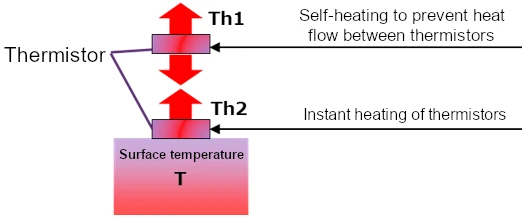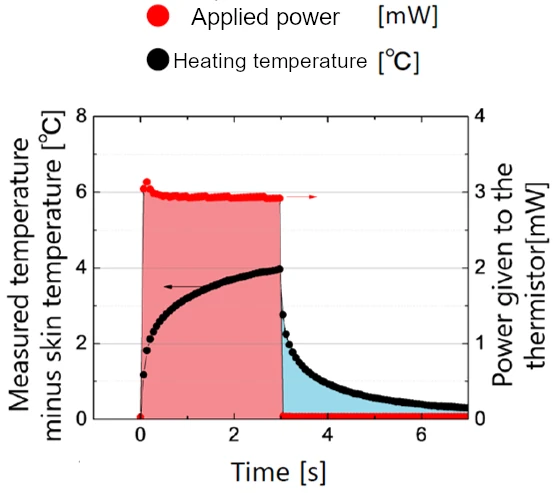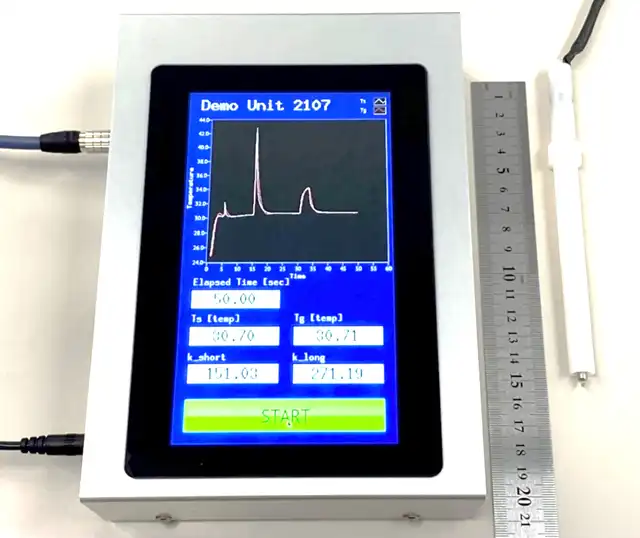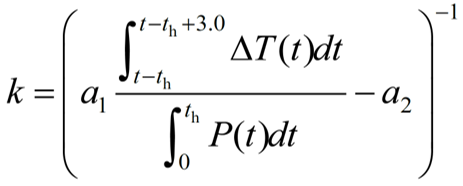Ultra-accurately Measuring Active Temperature Sensor (protective heat source temperature sensor) can measure the thermal conductivity of the measured object, which is achieved by measuring very small temperature changes at ultra-high speed and with extreme precision.
This feature of measuring thermal conductivity could be applied to devices for non-invasively diagnosing the stage of cancer, such as skin cancer, without having to remove the lesion.
The initial diagnosis of skin tumors is mainly based on color analysis using a magnifying glass with a light source called a dermoscope. However, identifying them takes a great deal of skill. Therefore, a new identification method for quantitatively assessing them has been sought.
By applying the “Ultra-accurately Measuring Active Temperature Sensor” that we have developed, the difference in thermal conductivity between a skin tumor and adjacent healthy tissue can be quantified and used as a diagnostic index, which may enable quantitative diagnosis to determine the benign or malignant nature of skin tumors.

Principle of measuring thermal conductivity
The Th1 thin-film thermistor is controlled to actively generate heat (called self-heating) to reach the same temperature as Th2.
Then, the Th2 thin-film thermistor is heated instantaneously and the subsequent thermal diffusion is monitored to measure the thermophysical properties (thermal conductivity) of the measured object.

Thermal conductivity can be calculated using the Pulse-Power Integrated-Decay technique with the following formula.
Calculation of thermal conductivity
Pulse-Power Integrated-Decay technique
k: thermal conductivity
th: heating time
ΔT(t): temperature rise
P(t): applied power
a1, a2: instrument constants

Demo device for thermal conduction measurement
SEMITEC is currently creating a dedicated demonstration device and pursuing the possibility of its commercialization while seeking advice from physicians.

Dedicated demonstration device
SEMITEC is actively involved in the development of new applications like this.
Other proposed applications
The developed product’s ability to measure thermal conductivity makes it applicable to a variety of applications.
An example is state estimation inside an object.
By measuring the thermal conductivity inside an object, it may be possible to estimate the change of state inside the object since its initial state.
For example, even if there is no change on the surface, if deterioration occurs inside an object, such as cracks, the way heat is transferred will also change as the state of the object changes.
Since the change manifests as thermal conductivity, anomalies inside an object could be confirmed nondestructively.
Contacts
Click here to Contact form





